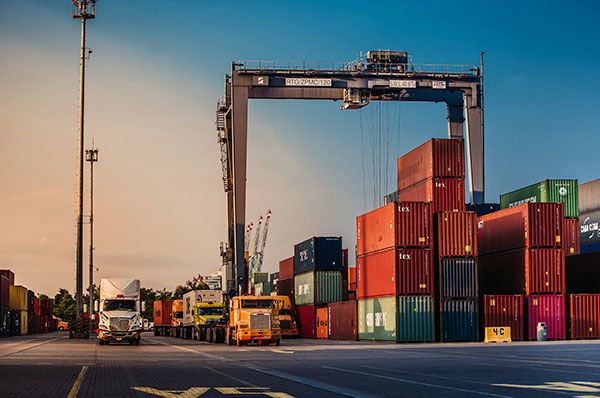The Mexican Business Council for Foreign Trade, Investment and Technology (Comce) highlighted that tariff effects include U.S. exports to Mexico
According to its outlook, the tariffs would directly affect key sectors of U.S. exports to Mexico, especially those integrated in trilateral supply chains.
Tariff effects include U.S.
Most sectors would suffer a sharp contraction, with the greatest impacts on manufacturing, metals, food and wood.
For example, it estimated that exports of non-ferrous metals could fall 35% with the U.S. tariff; 31% for computers and electronics; and 23% for the automotive sector.
Over the past 70 years, tariffs have accounted for less than 2% of U.S. federal revenues. In 2024, they contributed only 1.57%. Rather than a source of revenue, their use has been tied to promoting free trade and foreign policy objectives. But this changed under President Donald Trump.
However, despite the context, during the first quarter of 2025, Mexican non-oil exports -which represented 96.1% of the total- grew 5.41% annually, thanks to a 6.2% increase in sales to the United States versus only 1.3% to the rest of the world, according to figures from Banco Base.
In the automotive sector, exports to the United States fell 2.4%, due to seasonal factors, a high base of comparison in January, and production adjustments in light of the new tariffs.
In contrast, non-automotive exports grew 10.7%, driven by anticipated purchases to avoid tariffs. Chapter 84 of the Harmonized System (machinery and mechanical appliances) stood out, growing 43.22% in the first two months of the year. The tariff item 84715001 (chips and processing units) alone accounted for more than 90% of this growth.
So far, the impact of tariffs has been less than expected due to certain exceptions that the United States has approved with respect to Mexico.
Bilateral trade
This dynamism confirms the structural strength of the Mexican export sector, but also underscores the importance of strengthening domestic conditions to sustain this performance in the new trade environment.
Internal challenges, according to Comce: Mexico must consolidate an agenda that guarantees legal certainty, infrastructure, modern logistics, efficient connectivity and reliable energy supply.
For the Comce, these elements are essential to attract investment, ensure compliance with rules of origin, and respond flexibly to new regulatory or tariff requirements. In addition, strengthening security in industrial corridors and reducing the time required to complete trade procedures will contribute to improving regional competitiveness.

